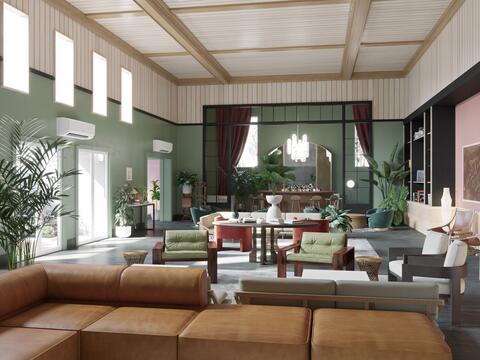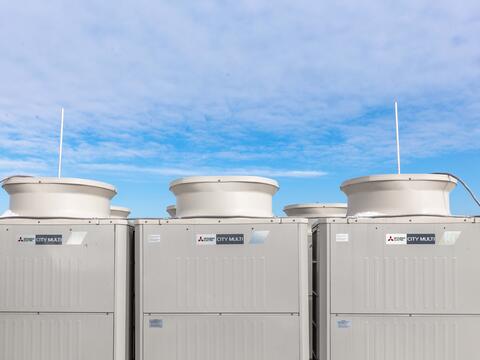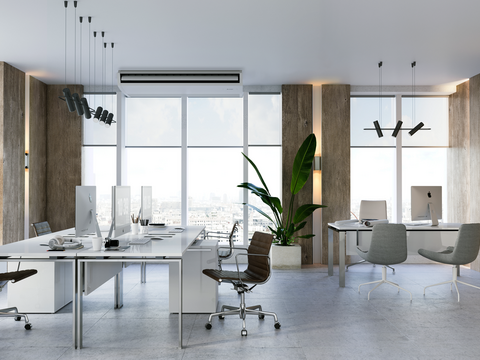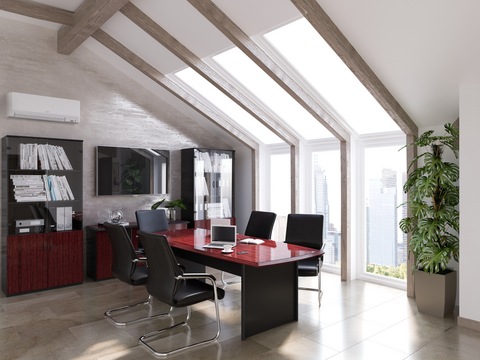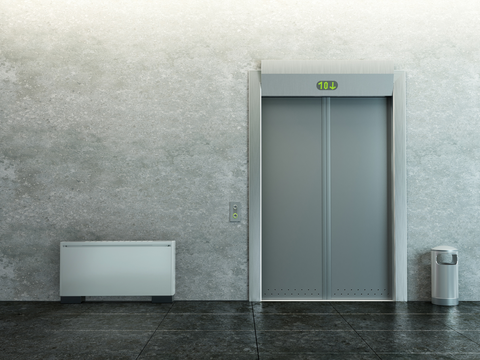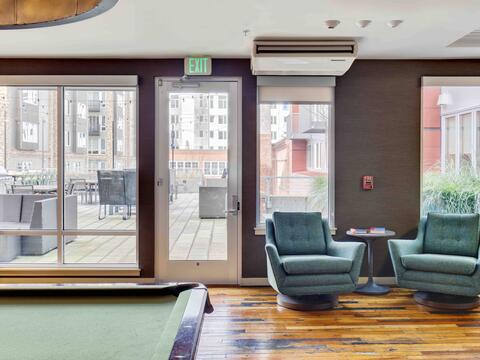Style and Energy Savings: Strategic Shade Tree Planting
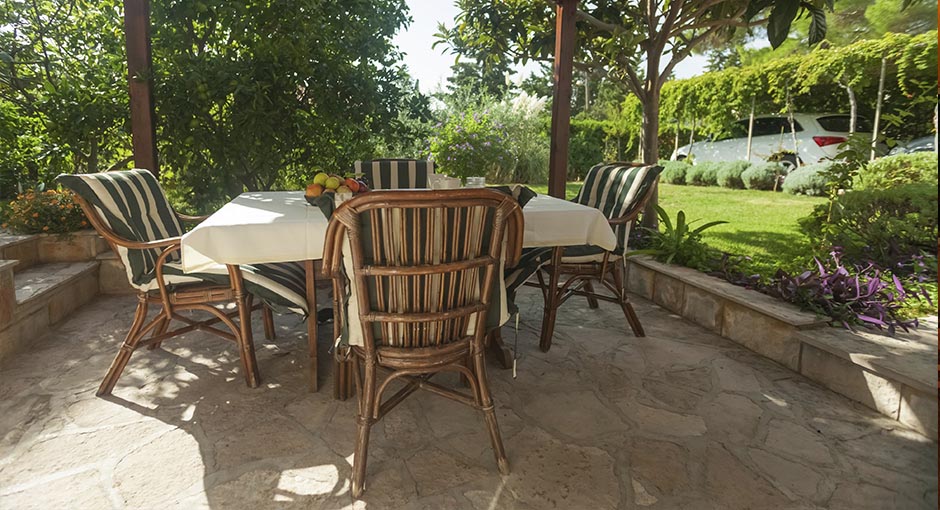
Scorching hot summers and dryer seasonal conditions can really put a damper on your personalized comfort. Sure, some like it hot. But fiery, blast-furnace conditions aren’t for everyone.
So, what’s a homeowner to do? Inside your home, make yourself comfortable with an energy-efficient Mitsubishi Electric Zoned Comfort Solution® to keep your family cool and your utility bills low during the summer. For the outside of your home, two words: shade trees.
THE BENEFITS OF GREEN COVER
By blocking and dissipating the sun’s rays, strategically placed trees shield areas of your home and property from unwanted heat.
Similar to how we sweat, shade trees cool the surrounding air through water evaporation. But you won’t be sweating much after your shade trees grow in.
Not only are shade trees aesthetically pleasing, but numerous studies suggest they keep your home and property cooler, and reduce energy and cooling needs anywhere from 20 to 100 percent. This is where installing Zoned Comfort Solutions and planting shade trees meet. When choosing an HVAC system, your builder or HVAC contractor should consider your home as a single system and consider how each component will impact your heating and cooling loads. Holistic design for high-performance homes accounts for the tightness of the home’s envelope, the color of the roof, the quality of the windows, the solar orientation of the home, altitude, and many other variables, including the types and positioning of surrounding trees and plants. Your shade trees contribute to lower loads and your variable-capacity heat pump saves you money by matching its capacity to your load. Zoned Comfort Solutions use no more than the precise amount of energy needed to maintain your set point.
WHERE TO PLANT
Knowing where to place your green cover makes all the difference in heat management. Try to plant shade trees in areas exposed to direct sunlight.
The following locations are great for shade trees:
- South-West and West-Facing Regions: These areas of the house are typically soaked in sun in the afternoon and are prone to overheating. Foliage from shade trees blocks sun from entering windows from heating walls and roofs. If you’re worried about losing light in the winter, opt for deciduous trees, which shed their leaves in the autumn.
- Heat Sinks: Dark-colored roofing materials and asphalt driveways can absorb large amounts of heat in the summer months, significantly altering the air temperature of surrounding areas. A little shade can keep your property cool and comfortable when the temperature soars.
- Air Conditioning Intakes: Shading the intake area can make a world of difference in your comfort. By lowering the surrounding air temperature by several degrees, your system works more efficiently, with less energy required to cool your home.
Be sure to give your trees room to grow and breathe. A baby tree can easily balloon into a 40-foot monster after a number of years. And it would be a shame to prune away all that hard work.
THE PROOF IS IN THE SAVINGS
Great as a “carbon sink,” shade trees are easy on the eyes and wallet.
In a recent study led by Ryerson University, researchers assessed the annual savings generated by 577 shade trees. Here’s what they found:
Despite their relatively young age, the planted trees saved owners a generous 77,000 kWh of electricity over a 10-year period. To put it in perspective, each tree planted saved enough electricity to power an average home for about one week.
After 25 years of growth, the study predicts that each tree will save 435 to 483 kWh annually. That’s enough to run a dishwasher every day for a year. Not bad for a few trees, if you ask us.
There you have it; shade trees are a great way to spruce up your property, keep cool, and save money. Overall, they’re a solid win on many fronts.


